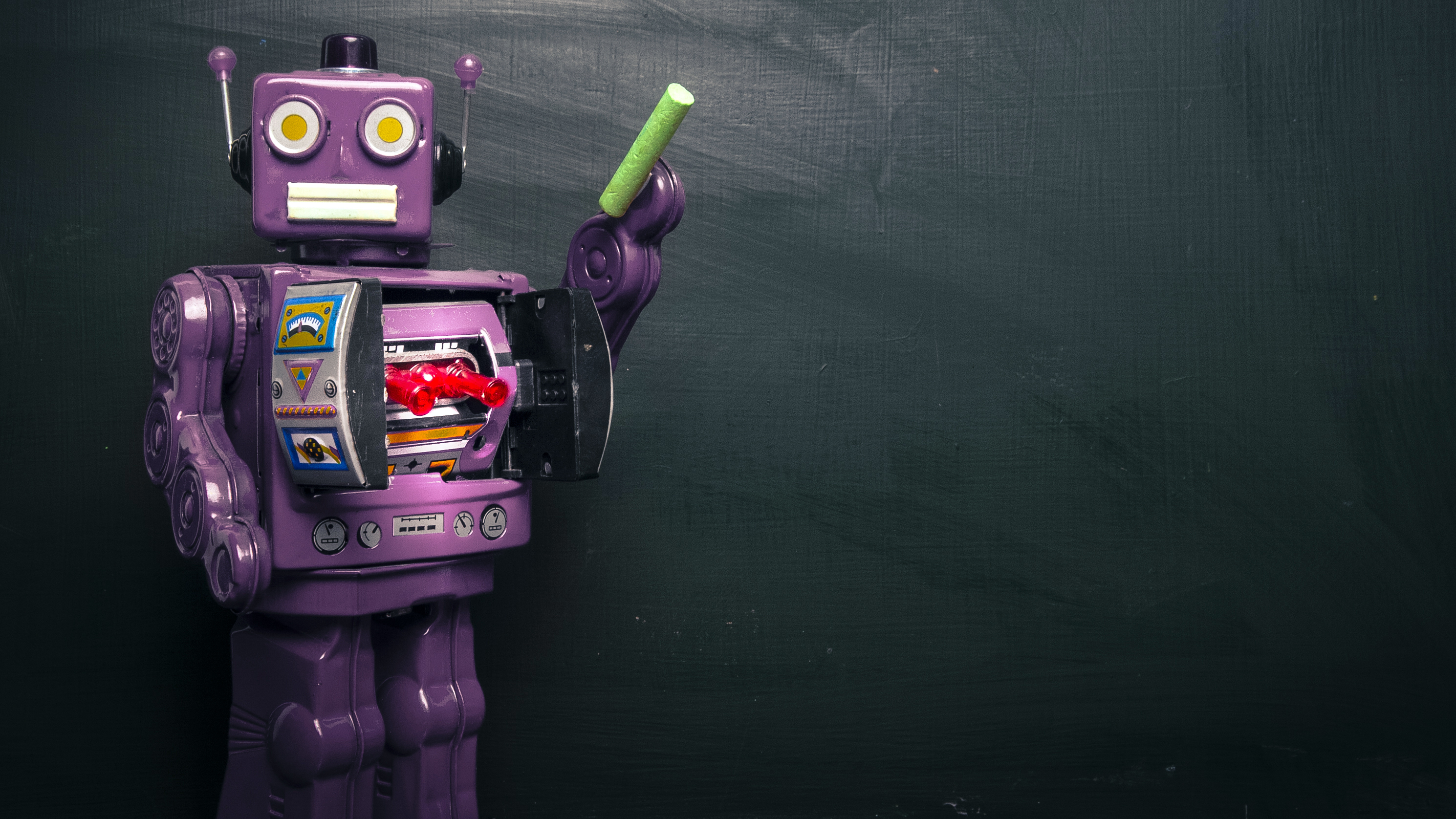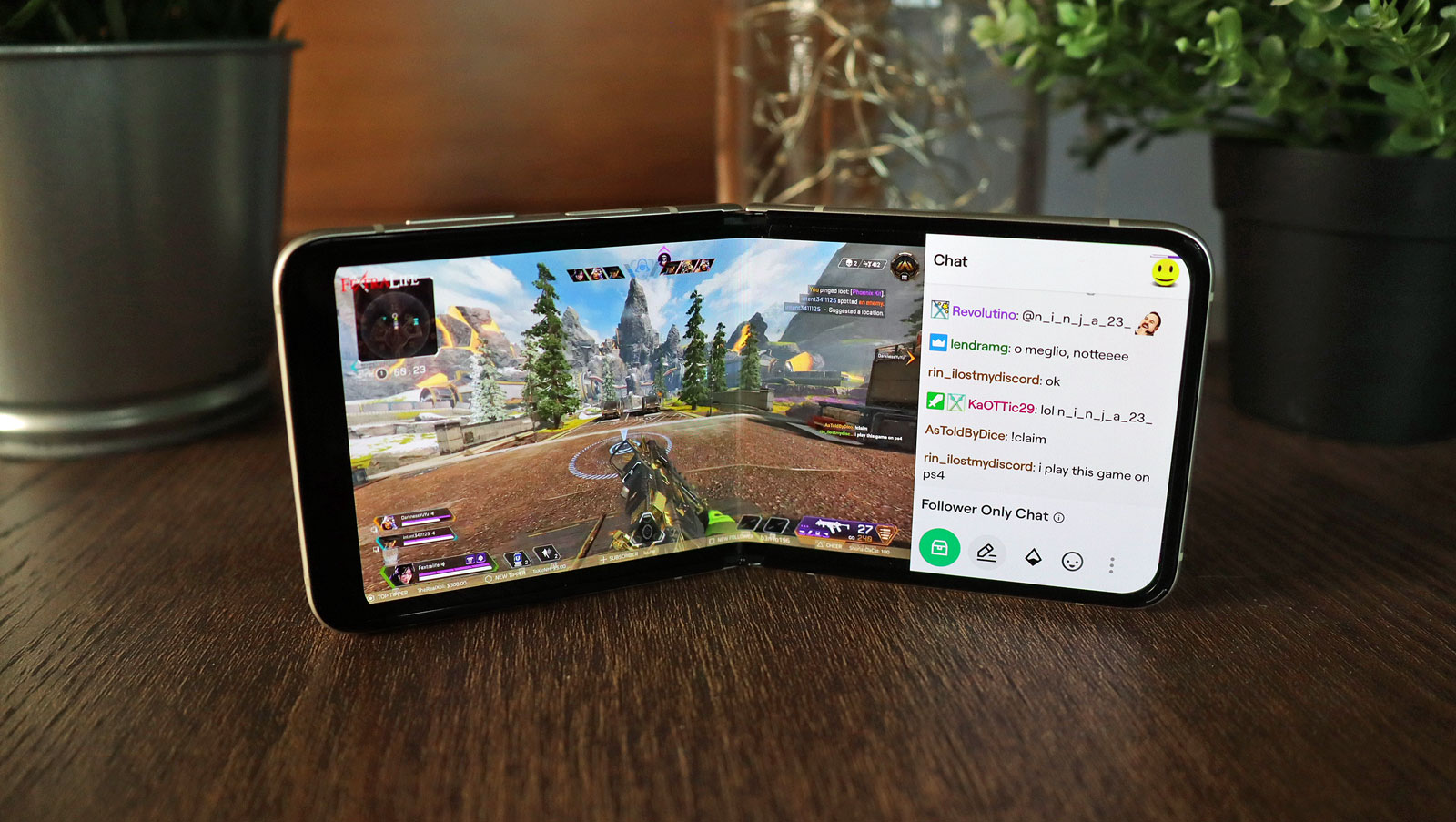Students are using ChatGPT to do their homework and we should help them
What if AI writing tools could actually make students smarter?

The trickle of news about AI writing tools like ChatGPT and Bing has become a deluge, and kids are drinking from the AI fountain to write homework. Generative AI tools seem to be developing at a pace that would frighten a sci-fi horror robot. We need to stop banning in the classroom and filtering for the new technology and instead embrace it. The AI dam has already burst, it’s too late to hold back the flood. It’s time to build a raft.
He said great, and we’ve already used all of those metaphors ... So, I went to the new Bing
Ok, here’s the now-standard part of every generative AI story where I admit that some portion of what I just wrote was written by an AI. Not really, I wrote all of the above, but I needed a new idea. When I pitched this story, I told my editor-in-chief that the genie was out of the bottle. The cat was out of the bag. Pandora’s box was open. He said great, and we’ve already used all of those metaphors.
So, I went to the new Bing and I told it that I needed a creative way to say that the cat is out of the bag. It suggested that the genie is out of the bottle. I said I needed a new way for both of those, it suggested Pandora’s box.
So I finally said that “I want to find a very interesting and new way to say that the cat is out of the bag or the genie is out of the bottle or you can't close pandora's box but without using a cliche that everyone has heard before”
Among its 10 suggestions: “The dam has been breached, and the flood of revelations cannot be stopped.”
I like the dam metaphor. I taught Shakespeare every year, and Shakespeare loved a good pun, or a “quibble,” as it was called. Samuel Johnson complained that puns were irresistible to Shakespeare. “A quibble … is sure to lead him out of his way, and sure to engulf him in the mire.”
Come up with a better dam idea or ask Bing
I could have racked my brain and thought of a better way to say that the genie is out of the bottle when it comes to using generative AI to create student work. I tried using synonym dictionaries, but they don’t encompass turns of phrase, only single words or idioms.
Usually, I bother my TechRadar colleagues to think up a better idea, but much of our staff is on holiday today. Besides, this is a story about AI, so I talked to the AI.
Here are the cliches that Bing suggested, even though I told it to avoid cliches
- “The curtain has been drawn back”
- “the mask has been lifted”
- “the code has been cracked”
- and “the forbidden fruit has been tasted” among others
It offered the genie and bottle, even though I asked it to specifically avoid that cliche. It mentioned Pandora twice, once with a box and once with a jar.
Bing didn’t give me a great idea, or even a usable idea, but it did get me started. Once I saw an idea I liked, I added my own context. I thought I might make some good dam puns with a dam breach metaphor (take the official Hoover Dam tour if you need help, they embrace it fully).
What I created is my work, but I used Bing to inspire an idea, the way I might use music, or conversation, or even reading other sites.
Cell phones are in classrooms to stay, so is AI
I started teaching high school English in the month following the 9/11 attacks. I taught in Brooklyn, New York. It was the turning point for students carrying cell phones in school. Parents insisted. They must be able to reach their child in an emergency, and we’d seen an emergency. The effects were visible, audible, even olfactory.
Between then and now, a shift occurred. Phones were reluctantly accepted, then openly battled. There was a period of intolerance when students were harshly punished for using phones. Phones were taken, shunned, and ostracized. Finally, reality sunk in.

The best way to keep students from being distracted by a smartphone is to make them use the smartphone for class. Keep them busy on the smartphone. You won’t have time for TikTok or Twitch if you’re using your phone for research, or watching an educational video on the phone, or using the phone as a controller for a classroom game.
Teachers need to embrace generative AI, because it isn’t going away. I started teaching in 2001. In 22 years from now, ChatGPT and Bing won’t be novelties, they will be primitive precursors to the genius-level AI writing to come. I can’t even imagine what two decades will produce, or allow students to produce.
It isn’t that the dam has burst. The technological ice caps have melted. The flood is coming, and modern teaching lives on the coastline. It’s time to build classrooms on stilts.
We can't return to clay tablets and paper filing cabinets
This isn’t new. When I first brought a laptop to class, teachers worried about the distraction. Then teachers worried about losing the art of handwriting. Whither goest cursive?
In my last year teaching, in 2022, my class was 100% paper free, just like every modern office for which I’ve worked. My students worked on the laptops that the school provided. How far we’ve come.
I’m sure that when the first kid showed up with paper and a quill, all of the kids writing cuneiform onto clay tablets were jealous. Teachers probably called it cheating and lamented the end of pictograms.

Here’s the dirty secret about writing today – most people are terrible at it. I taught an Honors English class in a wealthy county near Washington, D.C., and none of my students ever produced a piece of writing with the level of grammar, usage, and spelling precision of ChatGPT.
Should we be teaching students to live up to the abilities of a computer? No, we should be teaching them to use the computer to their advantage. The computer should do what it does best. The student should control the machine.
We don’t handwrite today because printers do a better job. We’re not going back to handwriting. We don’t keep paper files any more. We use computers to memorize these things.
What if generative AI writing actually made our students’ work better, the way that the best laptops, scientific calculators, and the best smartphones are now helping students produce higher-quality work?
The student needs to be the teacher for AI learning
Evaluation is ... usually the task that falls to the teacher. It doesn’t need to be.
The good news is that AI is still bad, which means that students can’t just swim with the tsunami and hope that the current arrives at their destination. They need to learn to double-check the sources that AI uses, and correct any errors it makes. But accuracy isn’t the only problem.
I asked Bing for a creative explanation and it gave me ten possibilities, and only one or two seemed worth using. Three of the answers ignored my request entirely and used examples I tried to restrict.
Students will be able to feed test questions into generative AI and get an answer, but will the answer be good? Will it be interesting and creative? That’s what students will need to determine.
This is good news, because this is better learning! The student is usually the person regurgitating facts and analysis for a test. The teacher evaluates whether or not it is good, because the teacher has expertise. In order for students to effectively evaluate whether the AI product is good, they will need to learn. They’ll need to learn quite a bit.

It’s a new model, that teachers would need to teach students to a level of evaluation. This is a higher level of learning, if you follow the old Bloom’s Taxonomy that teachers sometimes use. Bloom’s is a hierarchy of learning tasks, from least to the most complicated.
While true creativity requires a higher level of knowledge, most tests and assignments are only asking for analysis and understanding. Evaluation is near the top of our learning objectives, and of course it is, since it’s usually the task that falls to the teacher. It doesn’t need to be.
When the generative AI dam breaks (has broken), we’ll be flooded with cheating and deceit, but we can build a new educational raft to float above that. The generative AI opportunity for education could eventually lead to new opportunities to achieve a higher level of learning than ever before.
Writing with AI won’t just be good for students, it will be good for teachers and the class, if teachers can learn how to keep their heads above water. I’ve been a teacher and I can tell you that this is what teachers have been doing for longer than technology has existed.
Get daily insight, inspiration and deals in your inbox
Sign up for breaking news, reviews, opinion, top tech deals, and more.

Phil Berne is a preeminent voice in consumer electronics reviews, starting more than 20 years ago at eTown.com. Phil has written for Engadget, The Verge, PC Mag, Digital Trends, Slashgear, TechRadar, AndroidCentral, and was Editor-in-Chief of the sadly-defunct infoSync. Phil holds an entirely useful M.A. in Cultural Theory from Carnegie Mellon University. He sang in numerous college a cappella groups.
Phil did a stint at Samsung Mobile, leading reviews for the PR team and writing crisis communications until he left in 2017. He worked at an Apple Store near Boston, MA, at the height of iPod popularity. Phil is certified in Google AI Essentials. He has a High School English teaching license (and years of teaching experience) and is a Red Cross certified Lifeguard. His passion is the democratizing power of mobile technology. Before AI came along he was totally sure the next big thing would be something we wear on our faces.